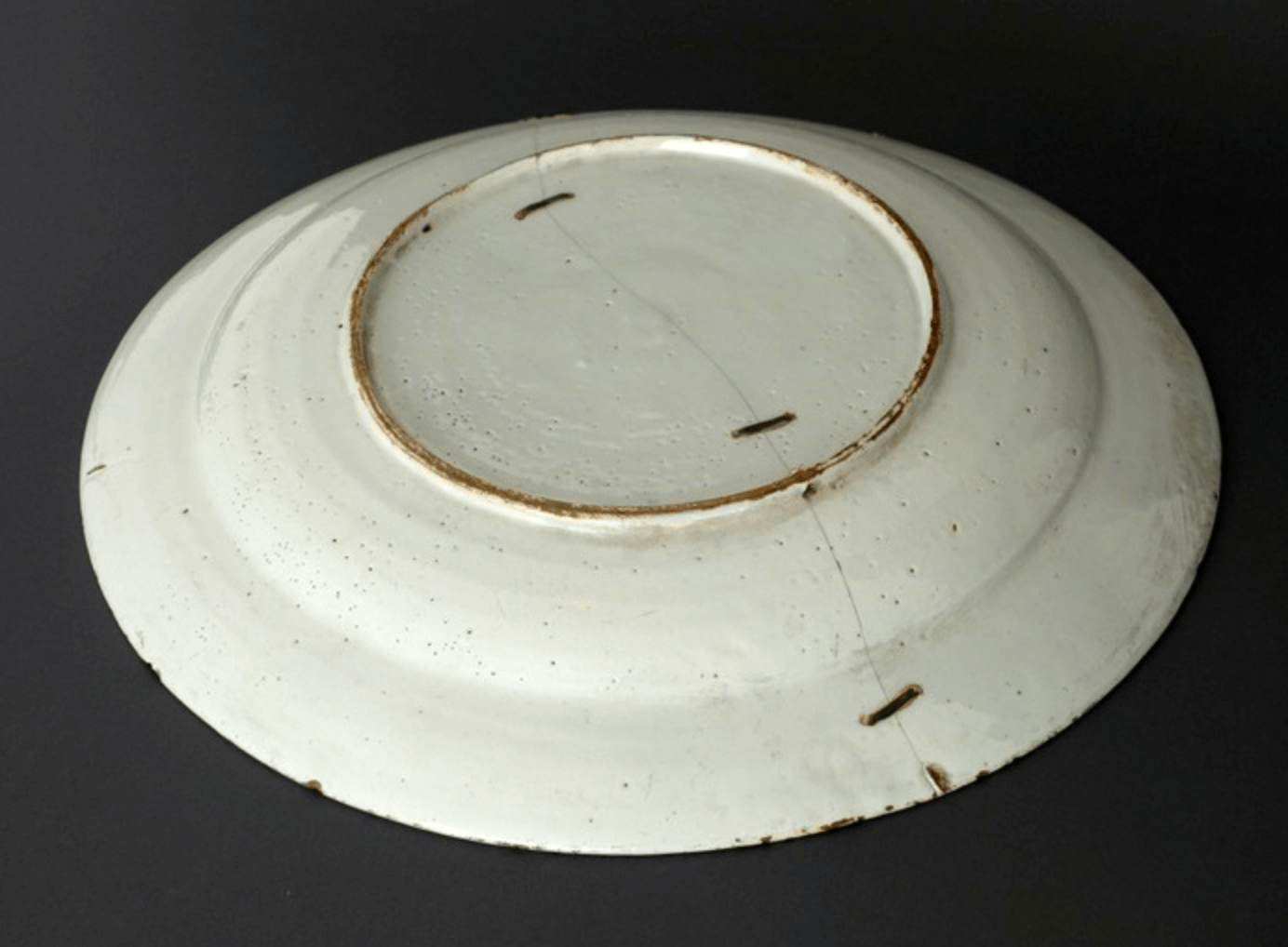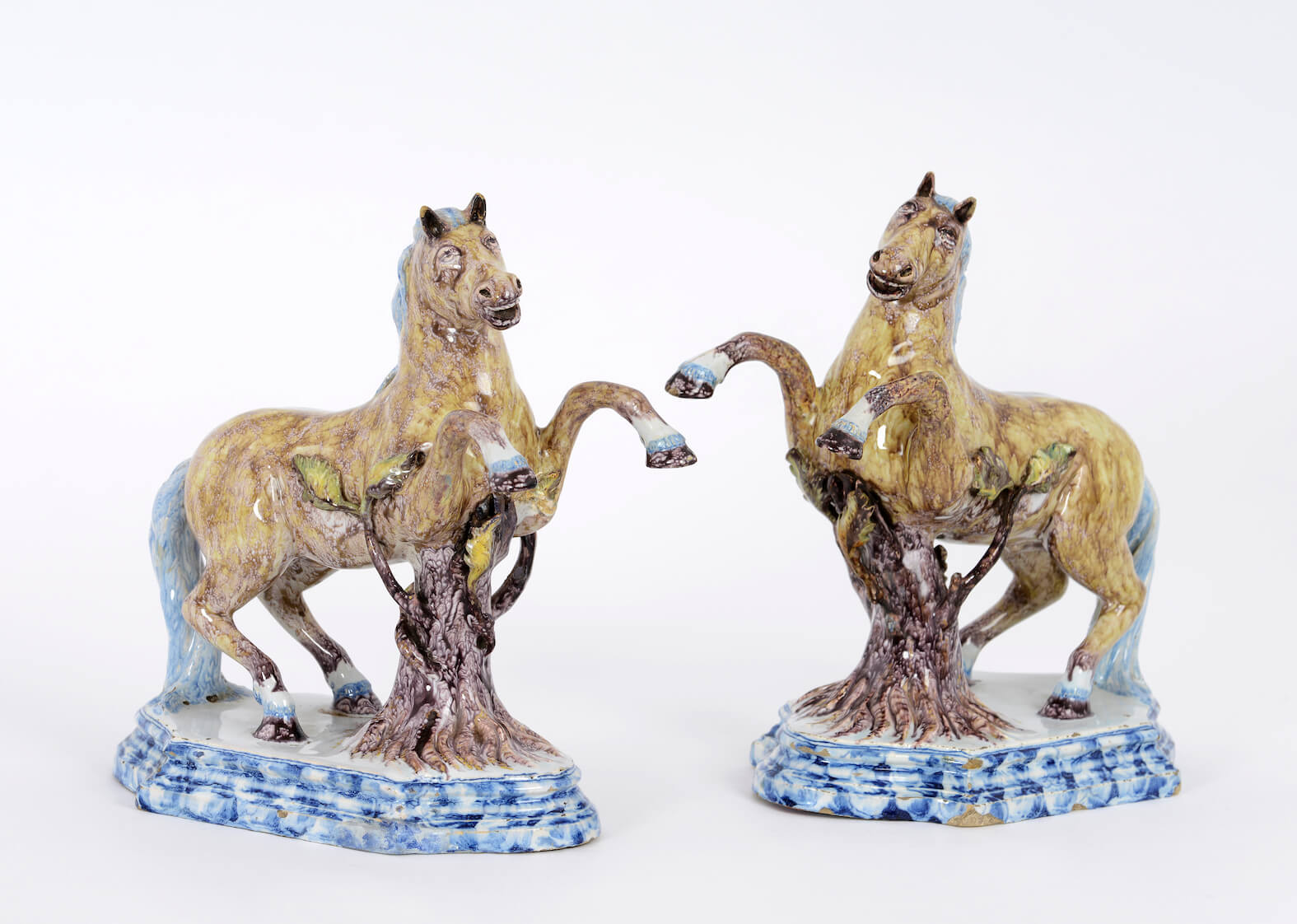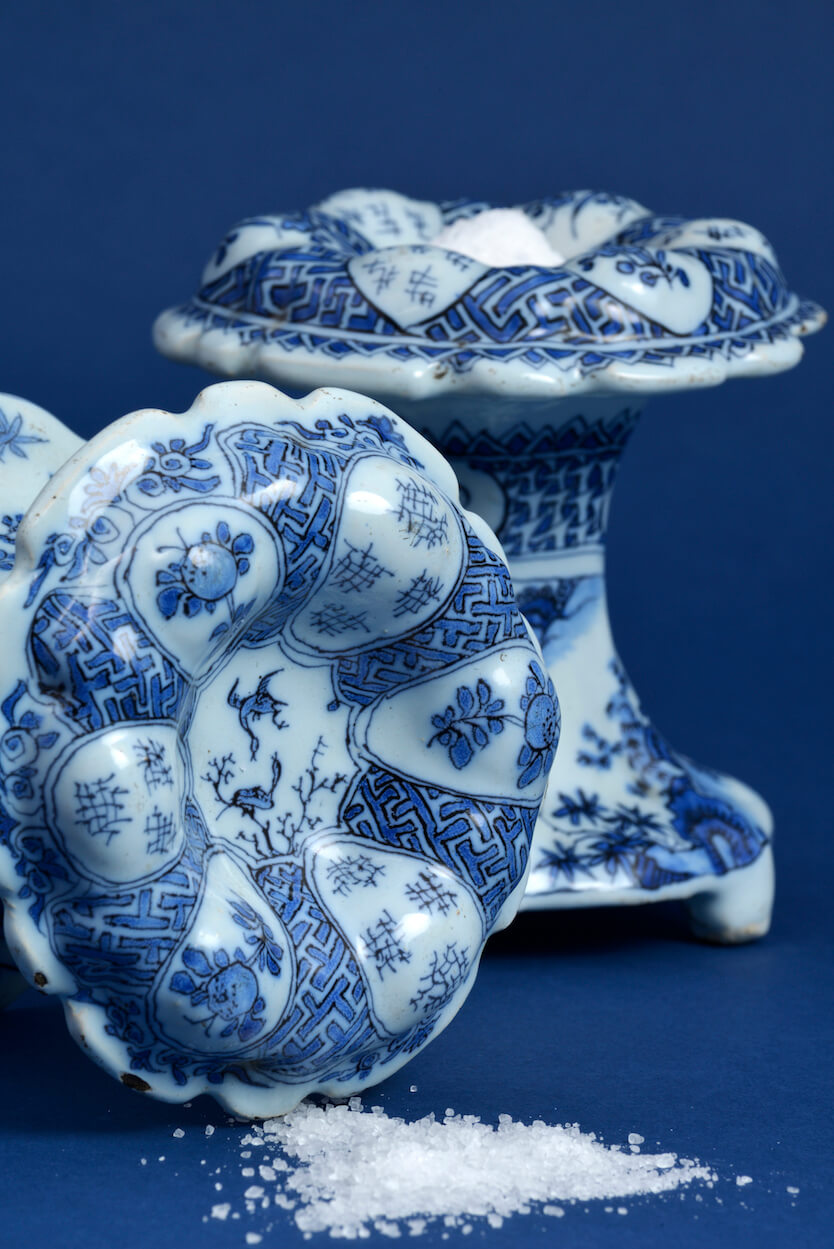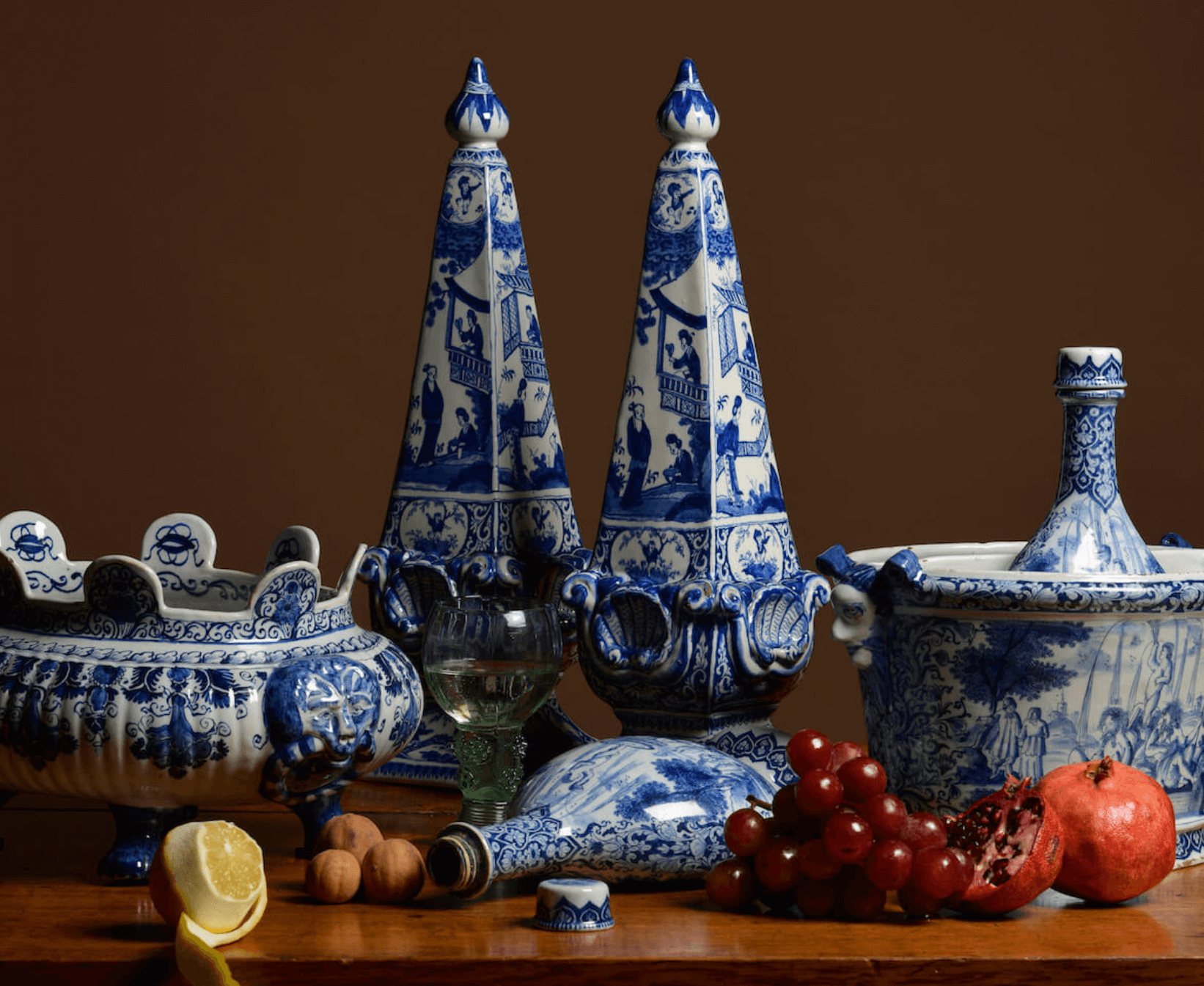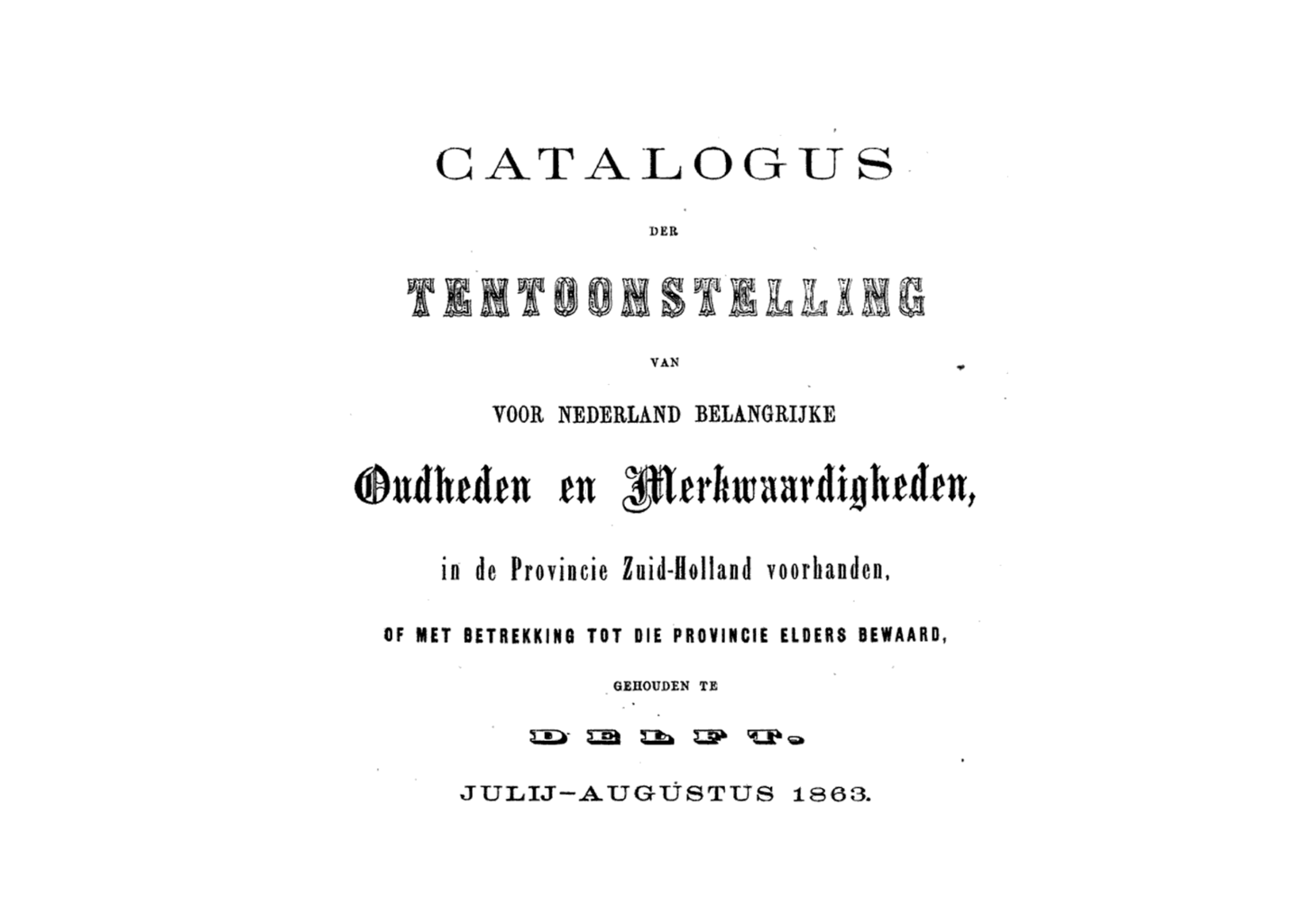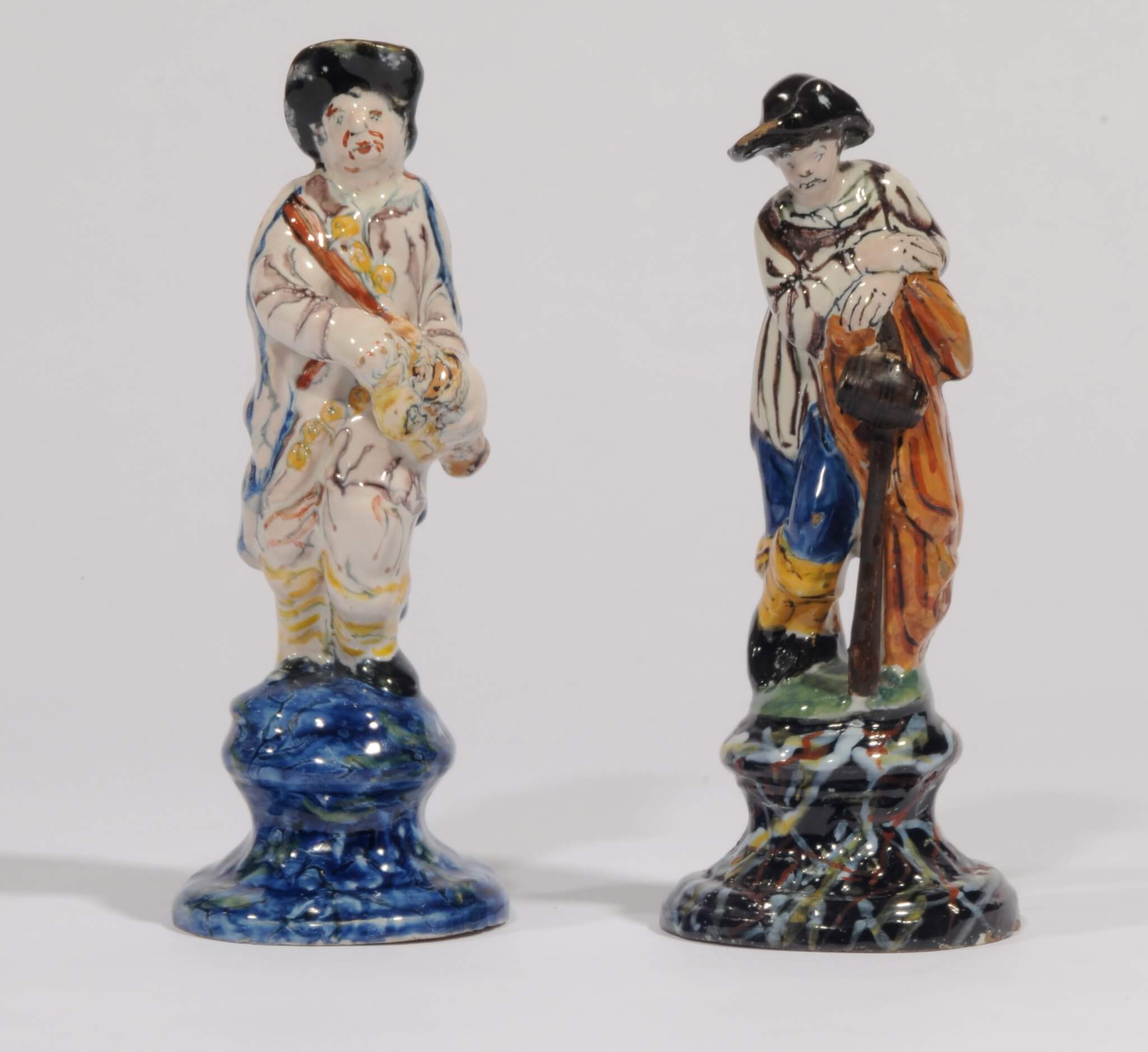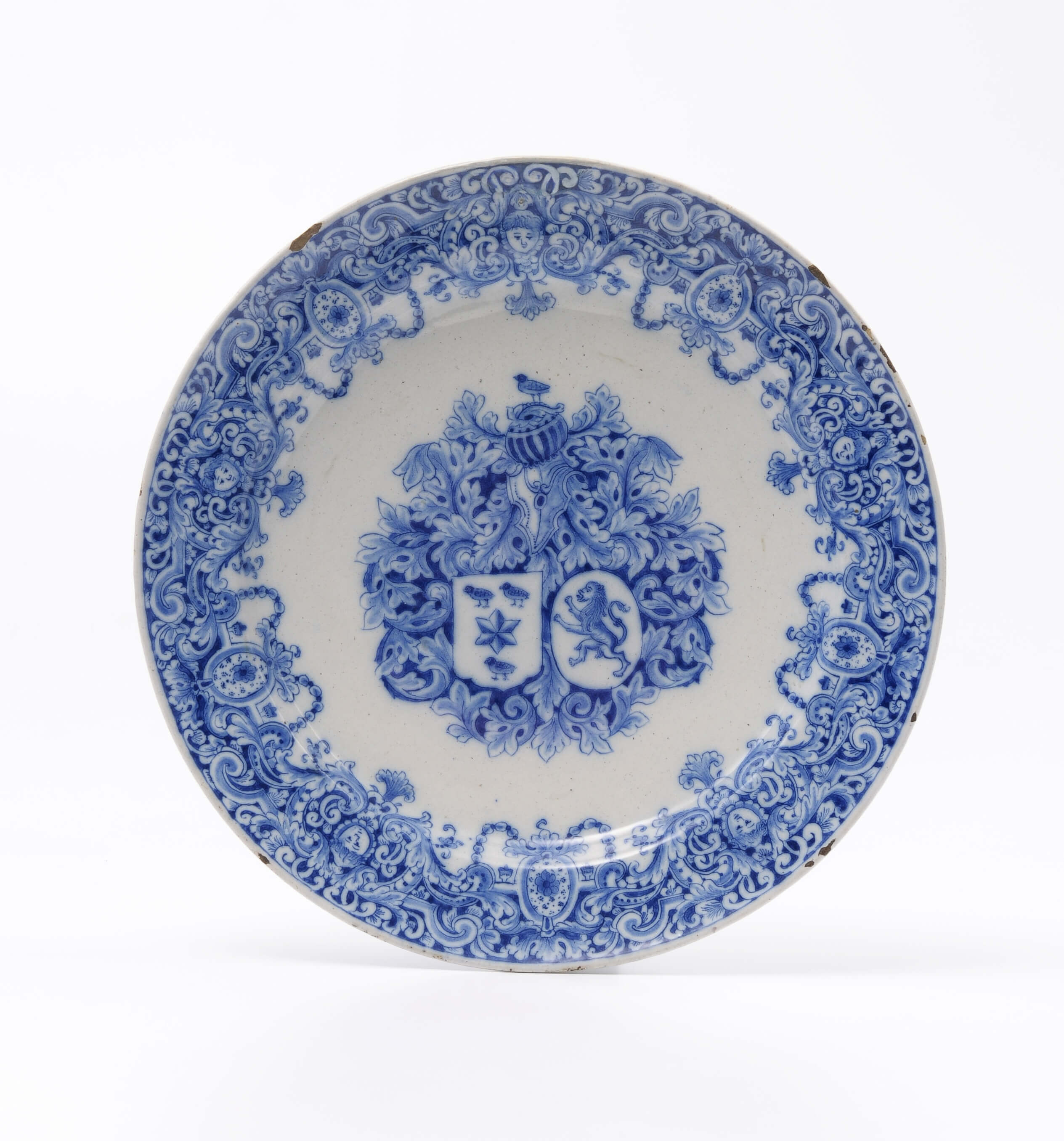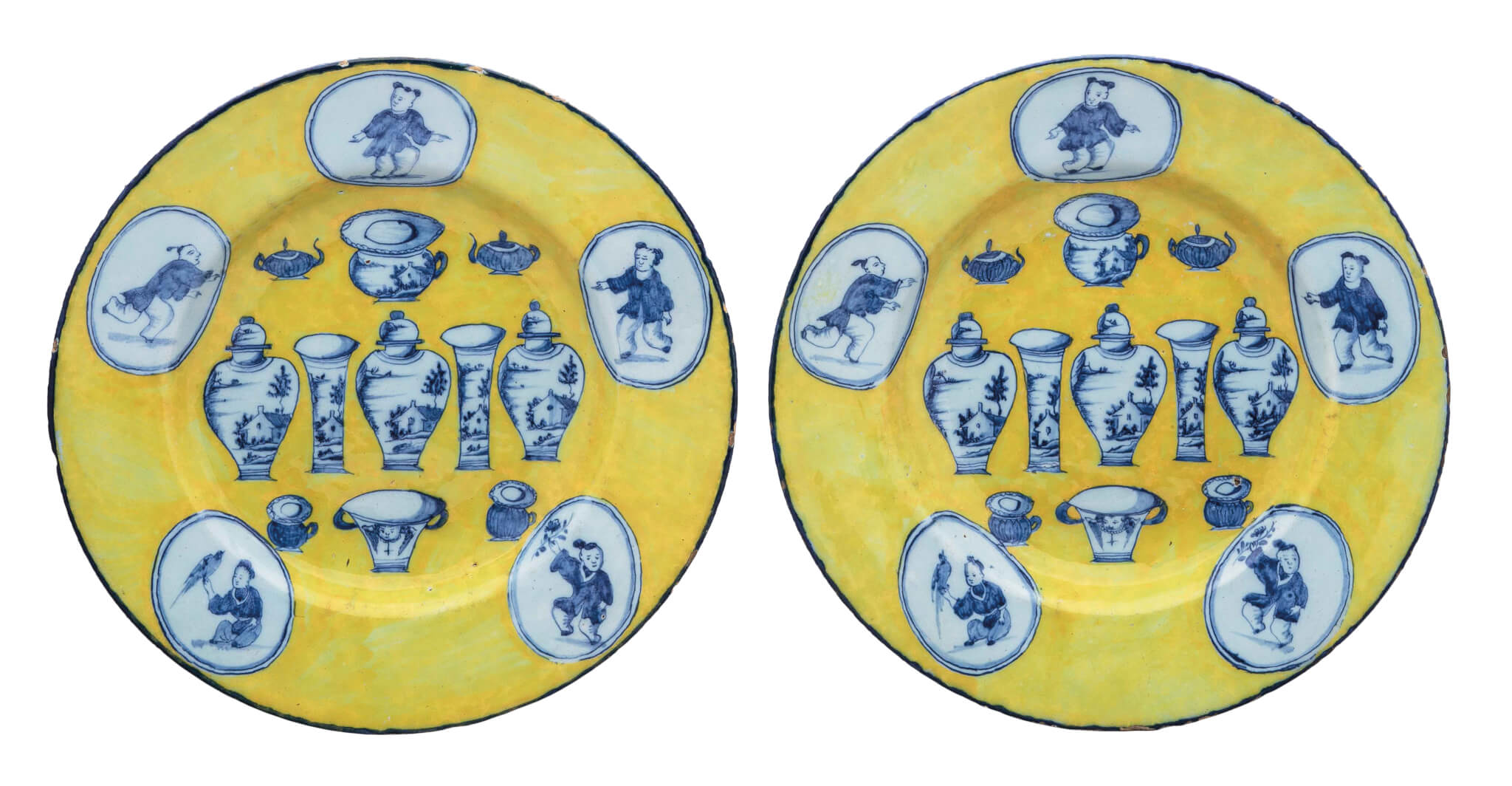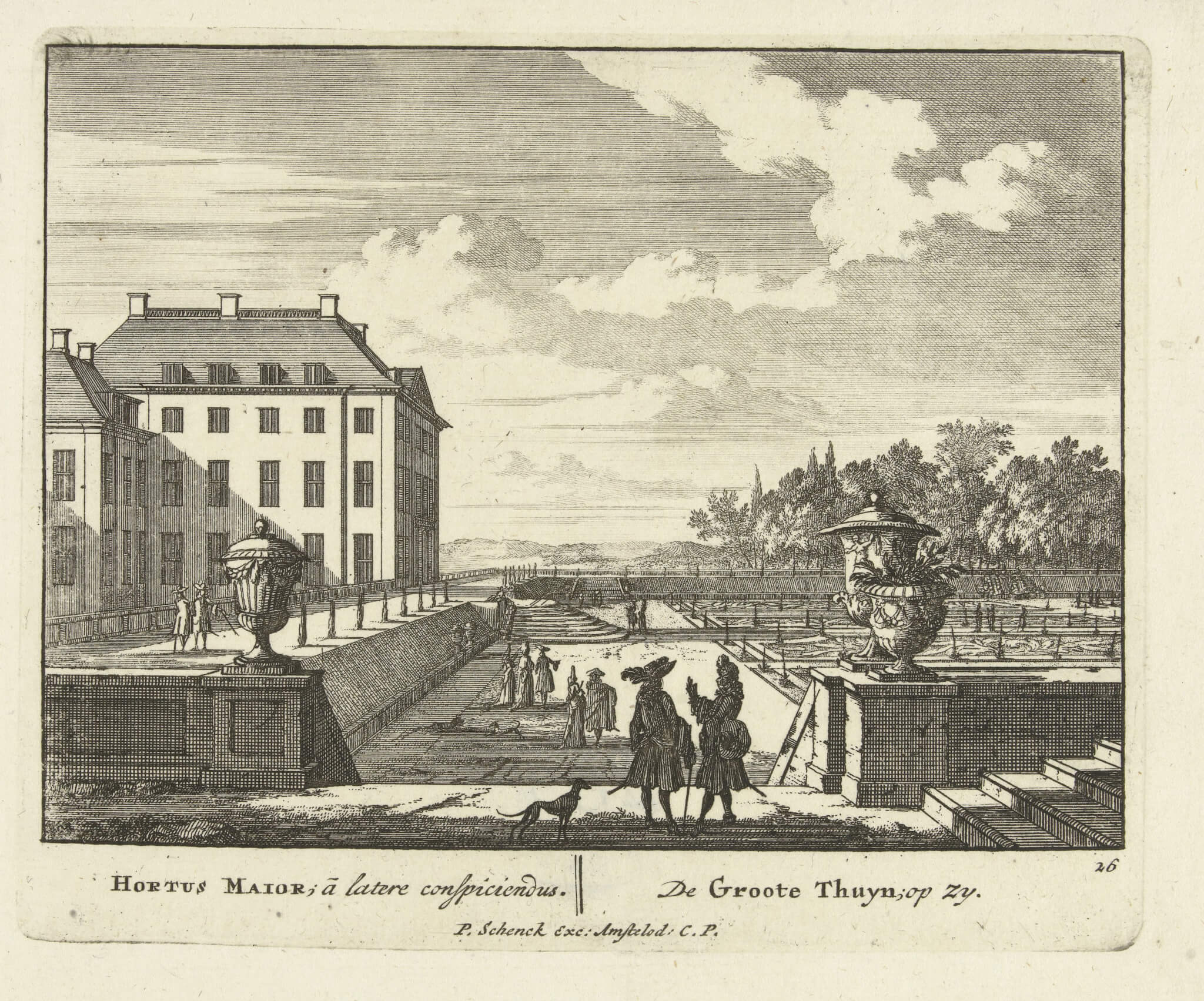De Porceleyne Schotel Factory
De Porceleyne Schotel (The Porcelain Dish) factory is one of the oldest, if not first Delftware factories that existed. The journey began in 1598, when Egbert Huijgensz. Sas bought a factory that consisted of a house and yard. [1] De Porceleyne Schotel factory first produced majolica wares that were decorated with European motifs. By the early…


